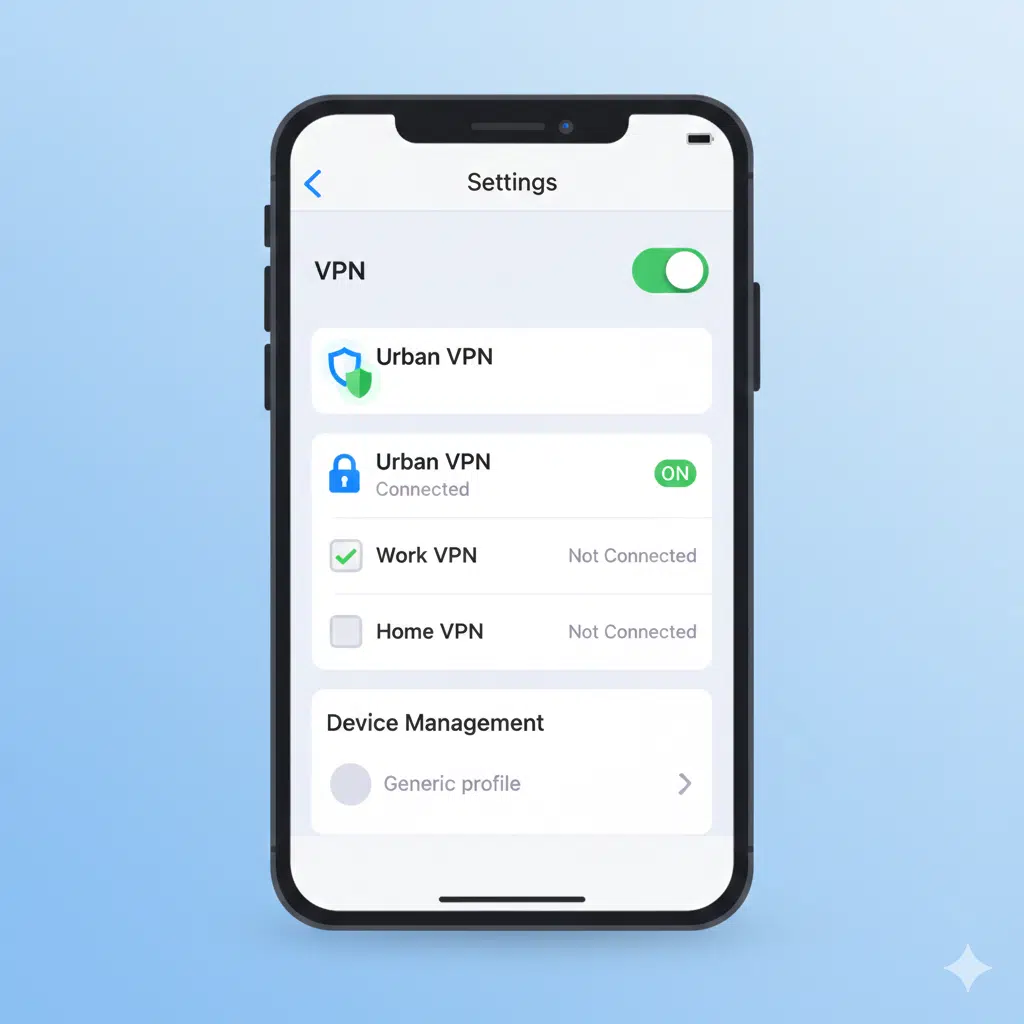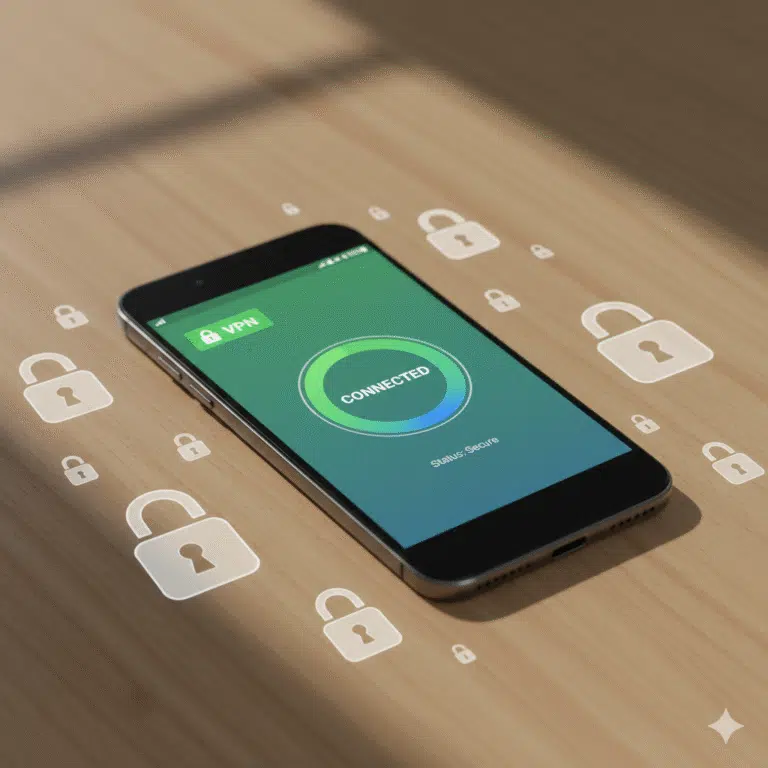Managing secure network connections on iOS devices has become increasingly critical for IT managers, network engineers, and cybersecurity professionals. Understanding How To Change Vpn On Iphone ensures robust privacy, proper traffic routing, and seamless access to restricted resources across corporate or personal networks.
How do I view existing VPN configurations on iPhone?
To manage VPN settings, navigate to Settings > General > VPN & Device Management.
How can I add or modify a VPN manually on iOS?
Manual configuration involves selecting Add VPN Configuration in the VPN settings. You must provide the server address, remote ID, local ID, and authentication method, which may include username/password or certificates. For IKEv2, IPSec, and L2TP protocols, iOS enforces strict compliance with required cryptographic standards. Modifying an existing configuration simply requires selecting it from the list and updating any parameters. This method is often used for corporate VPN deployments where Mobile Device Management (MDM) policies dictate specific server endpoints (source: RFC 8484).
How do I change the VPN server location in an app?
Most commercial VPN apps, such as NordVPN or CyberGhost, allow server switching directly from the app interface. Users can select a new country or region, and the app dynamically updates the tunnel endpoint. From an operational perspective, server selection affects latency, throughput, and regional content access. IT managers should ensure that selected endpoints meet internal compliance requirements for data localization or logging policies. For comprehensive VPN options and performance tests, consult specialized reviews (NordVPN Review).
What should I do if the connection fails after changing VPN?
Connection failures can result from misconfigured credentials, incompatible protocols, or network restrictions imposed by the ISP or firewall. Begin by verifying server addresses, authentication details, and protocol compatibility. Advanced troubleshooting includes checking DNS resolution through encrypted channels (DNS over HTTPS/DoH), assessing MTU limitations, and monitoring logs for handshake errors. Incorporating these steps ensures minimal downtime and maintains secure network connectivity (source: Cloudflare Learning).
How do I remove or delete a VPN profile from iPhone?
To delete a VPN profile, access Settings > General > VPN & Device Management, select the profile, and tap Delete VPN. Removing unused profiles prevents accidental routing of sensitive data through deprecated or insecure servers. This is particularly important in environments with multiple VPN endpoints or in organizations enforcing strict network segmentation policies.
Constraints and performance:
Performance of VPNs on iOS devices depends on several factors: the encryption protocol (IKEv2, IPSec, L2TP), server load, device hardware, and ISP throughput. For example, high-latency servers may introduce delays exceeding 150ms, impacting VoIP or real-time analytics. Battery life is also affected by persistent VPN connections, especially those using Always-On or Connect On Demand features. Testing under controlled conditions with different protocols and endpoints helps establish realistic performance expectations for enterprise deployments (source: Kaspersky Blog).
How do security considerations affect VPN changes on iPhone?
Altering VPN settings without proper evaluation can introduce security risks, such as DNS leaks, exposure of corporate IPs, or inadvertent bypass of internal monitoring controls. It is recommended to enforce strong encryption, verify certificate authenticity, and monitor traffic patterns post-change. Enterprise VPNs may also integrate split-tunneling to segregate sensitive and public traffic, balancing security with network performance.
How can I ensure compliance when using VPN on corporate devices?
Compliance requires auditing VPN endpoints, maintaining updated configuration profiles, and ensuring MDM policies reflect organizational requirements. IT teams should validate that all changes adhere to internal security frameworks, local privacy laws, and any contractual obligations regarding data residency. Proper documentation and logging facilitate rapid incident response and maintain regulatory compliance across distributed iOS deployments (source: Wikipedia).
In conclusion, mastering How To Change Vpn On Iphone empowers IT professionals to maintain secure, efficient, and compliant network connections across iOS devices. Whether configuring manual settings, switching server locations, or troubleshooting connection issues, informed adjustments ensure optimal performance and robust privacy.
Internal Link Example: For additional insights on secure tunneling devices, see what is a vpn concentrator: Secure Multi-Tunnel VPN Device.



